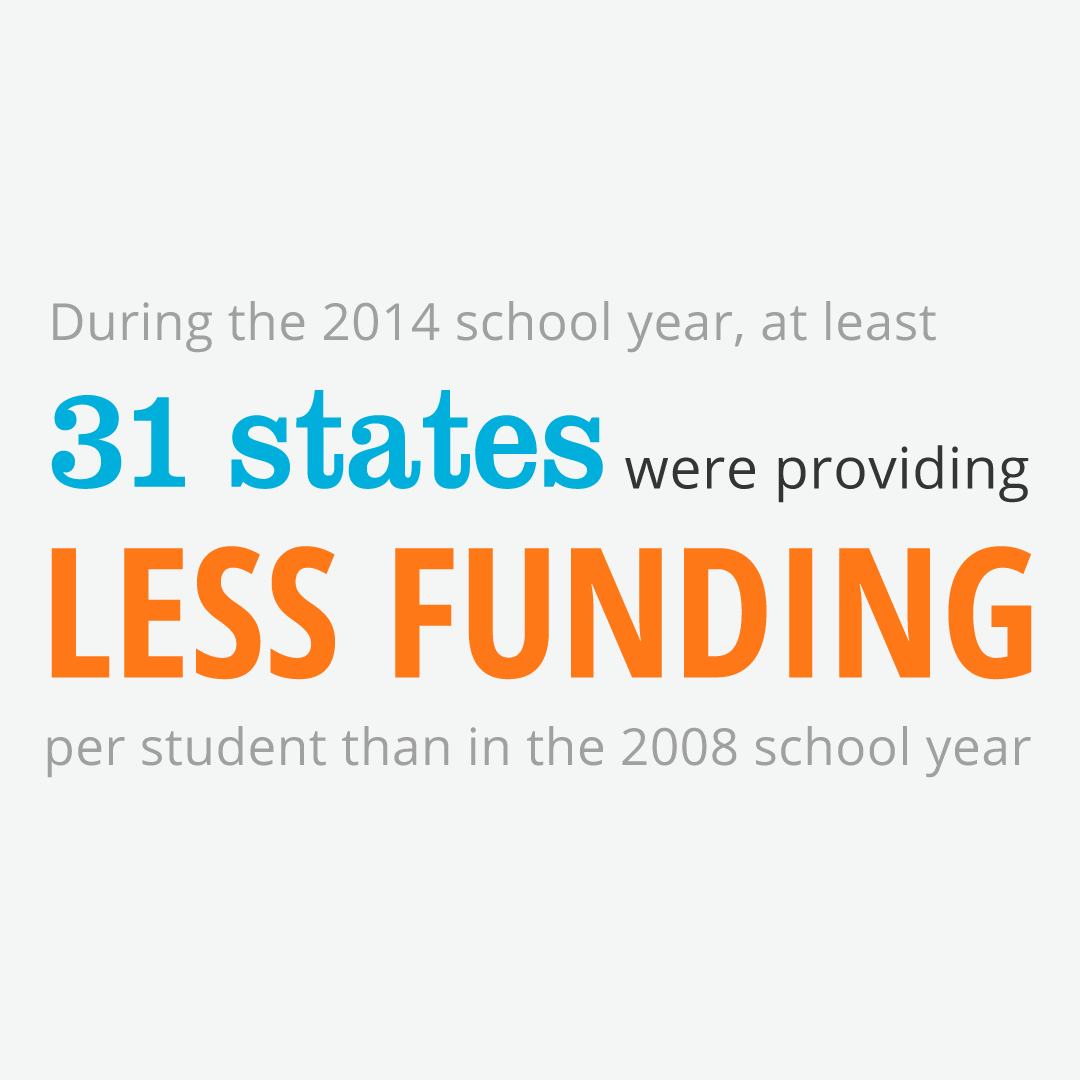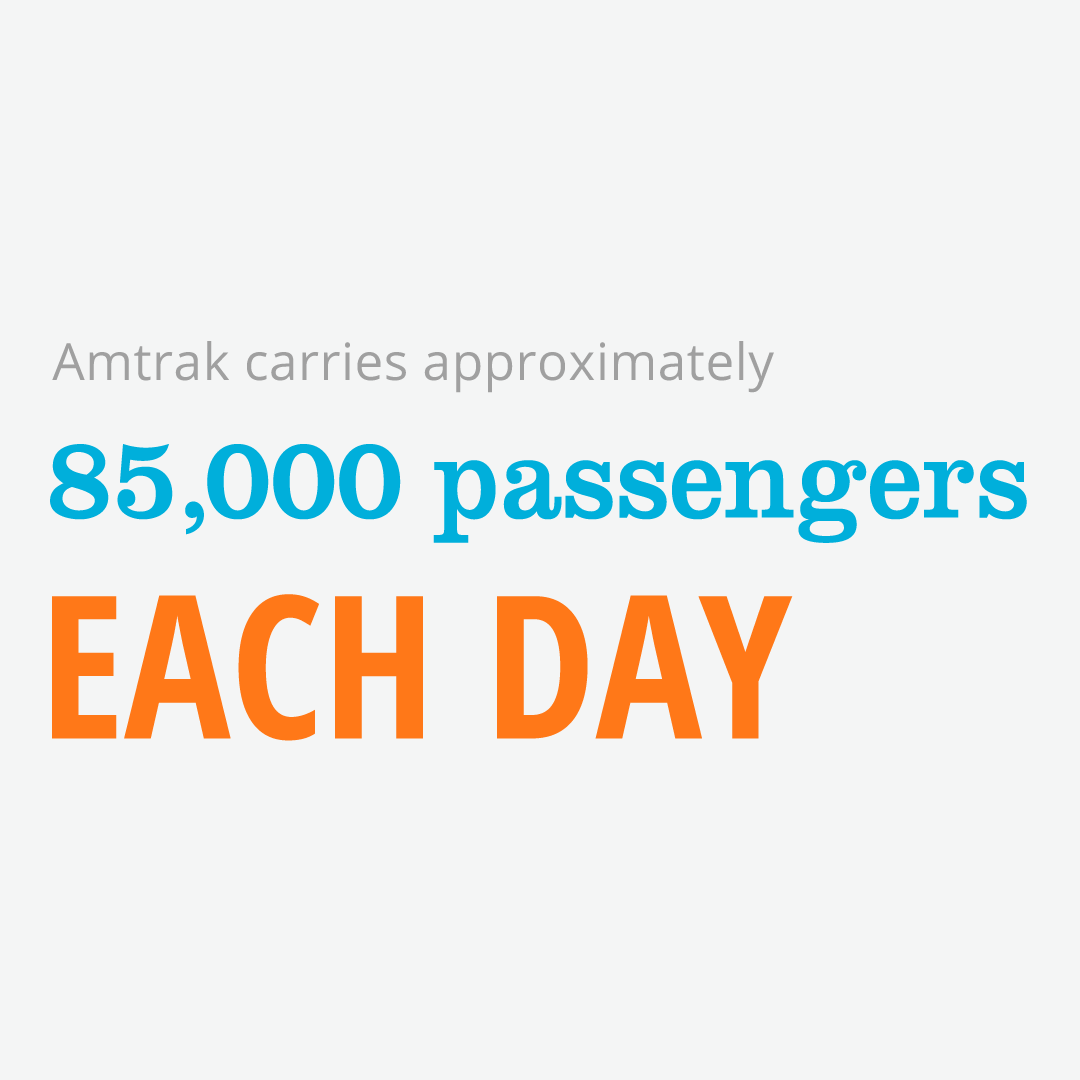The Wyoming Section of the American Society of Civil Engineers (ASCE) released the 2023 Report Card for Wyoming’s Infrastructure on January 31,, 2023. This is the first-ever infrastructure report card for the state, led by co-chairs Dustin Woods, P.E., and Tim Brugger, P.E.
The new report card contains five categories of infrastructure receiving an overall grade of a ‘C’, which is a step ahead of the national average of “C-” given in the 2021 Report Card for America’s Infrastructure. The five categories pertinent to Wyoming include aviation (B-), bridges (C-), drinking water (C), roads (C), and wastewater (D+).
While only 3% of interstate highways and 1% of non-interstate highways included in the national highway system have poor pavement conditions, an additional 39% of highways not a part of the national highway system and 68% of county roads in Wyoming are in poor condition. A 2021 study commissioned by the Wyoming Department of Transportation found a $169.2 million funding shortfall for state roads, which does not include additional funding needed for county and city-maintained roads.
Wyoming’s consistent drought conditions pose a significant threat to the state’s 772 public water systems. The state currently has enough water to meet current and projected needs but the use of drinking water for agricultural irrigation strains systems during times of high-water use. Wyoming’s corrosive soil conditions cause metal pipes to degrade faster than expected, leading to unplanned replacement projects.
Despite these challenges, state leaders have done an admirable job making the best of limited resources. In a state as vast as Wyoming with so few residents, it is difficult to generate enough user fees and revenue to create and maintain large, wide-ranging infrastructure projects.
“The first ever Infrastructure Report Card for Wyoming provides a look at the challenges leaders across the state have maintaining crucial infrastructure services in Wyoming’s unique environment,” said Dustin Woods, P.E., co-chair, 2023 Report Card for Wyoming’s Infrastructure. “Roads, bridges, airports, and water systems help drive Wyoming’s economy. When these systems are in good shape everyone benefits.”
The report includes calls to action to raise the grades, which include:
- Increase rates and fees, charge for usage, and monitor equity impacts: Wyoming’s drinking water and wastewater systems currently spend more on essential costs than they collect in revenue from users in all systems. That must change to provide safe water infrastructure. Increased asset management tracking and capital project planning would highlight even more significant needs. To ensure consistent service, Wyoming needs to increase elected boards’ and councils’ awareness and education of utility management, tying infrastructure projects to board/council training. Wyoming needs to increase water rates, install and charge for usage rates, and proactively support residents or businesses for whom higher rates create unreasonable burdens. In addition, Wyoming systems must address water usage and look to future technology and equipment to reduce energy costs and water usage.
- Calculate future needs incorporating harsh environments and topography: Corrosive soil conditions degrading water pipes make more frequent replacements necessary. Drought conditions persisting decades and high plains with unforgiving remoteness call for more resilient systems.
- Capitalize on recent federal infrastructure investments: More than most states, Wyoming already understands the importance of federal investments. Infrastructure owners should capitalize on the historic, short-lived opportunities for extra help from the 2021 Bipartisan Infrastructure Law.























































